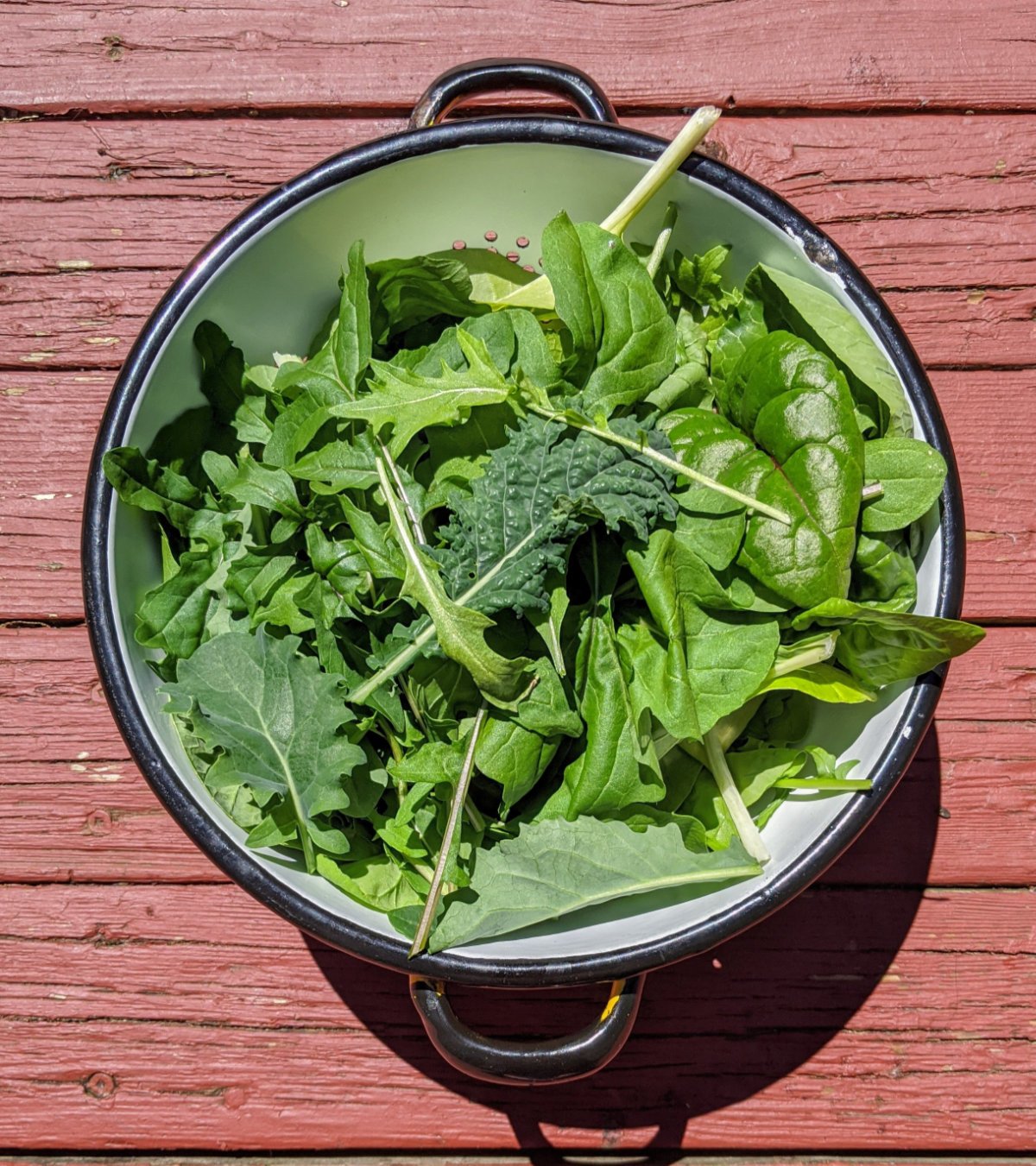
Well, here we are again, heading for the end of the transition period without any real sign that the UK will have a proper trading arrangement with the EU, and amidst increasingly dire warnings about possible shortages of food and other essentials. The Covid-19 pandemic has also served to expose the weaknesses in the “just-in-time” supply chain – important, given that, at the moment, we in the UK still import about half our food.
My husband and I eat a lot of salads and vegetables, although our waistlines may cause some to doubt this assertion. Just how we will be able to keep us supplied with such fresh food after Brexit, especially during the winter, has always been one of my concerns. We have quite a big garden, but no established veg patch and, so far, I have chickened out of trying to make one from scratch: the soil is very heavy clay and I think nearly all Devon’s slugs and snails live here!
As an experiment, very late last autumn I started a few vegetable and salad seeds in boxes of compost, partly just to see if it would work, and partly so as to be able to protect things like lettuce from the slugs. I won’t use slug pellets and, in my experience, most of the organic alternatives are a bit hit-and-miss. I sowed a box of mixed winter salad leaves, another box of carrots, and some spinach and winter greens for baby leaves. To my surprise, most of the seeds germinated and, although some of the plants grew very slowly, most survived the winter and we got quite a few meals from them.
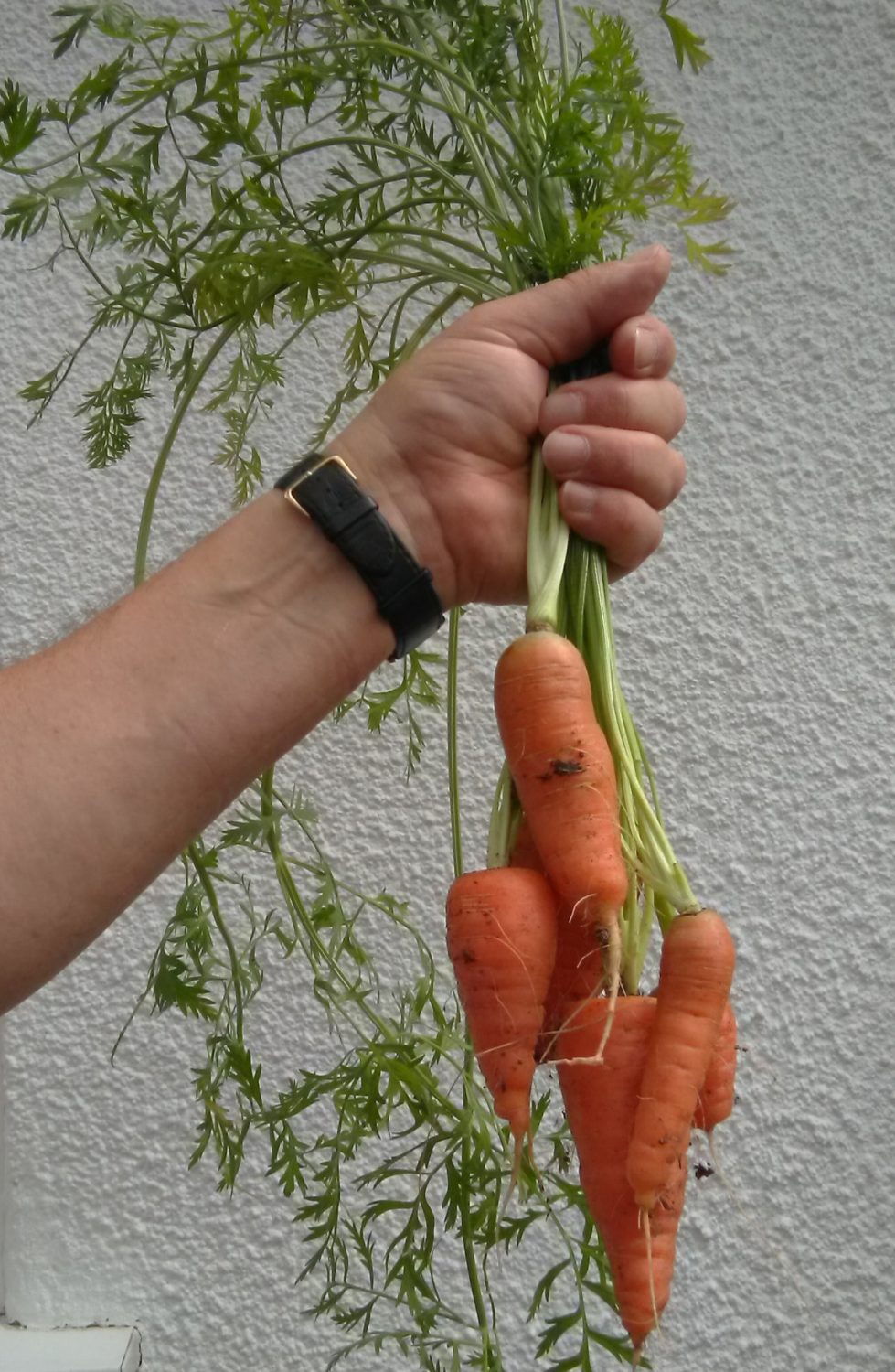
I used a small metal-framed, plastic-covered “growhouse” (£10 from Wilko!) to give some protection against frost – winter nights get very cold here. I put it in a sheltered spot near the house and I had some ‘horticultural fleece’ and some bubble wrap – neither are expensive to buy and, with care, can be used virtually indefinitely – to cover the whole growhouse during frosty periods. I even cobbled together a ‘cold frame’ from an old plastic trough covered with bubble plastic. I tried to remember to uncover everything on fine, breezy days though, to change the air and try to prevent moulds etc from taking hold: it’s even more important to put the covers back on before dark!
When I say “boxes”, I mean crates: we had a half-dozen collapsible plastic crates (the sort you can buy in most diy or ‘cheap and cheerful’ stores), left over from when we moved house. I lined them with old compost bags with slits cut in them for excess water to drain away; the crates have plenty of holes around the bottom edge. I half-filled, or almost filled them – depending on what I was intending to grow – with new compost. This is the most expensive part of the whole business, but there are often discounts available at garden centres if you can buy, say, three bags at a time. It’s surprising how much compost you actually need to fill a box to start with, but I often re-use the bottom half or so, just topping up with fresh, a tactic which works fine as long as you don’t try to grow the same crop again in the same compost.
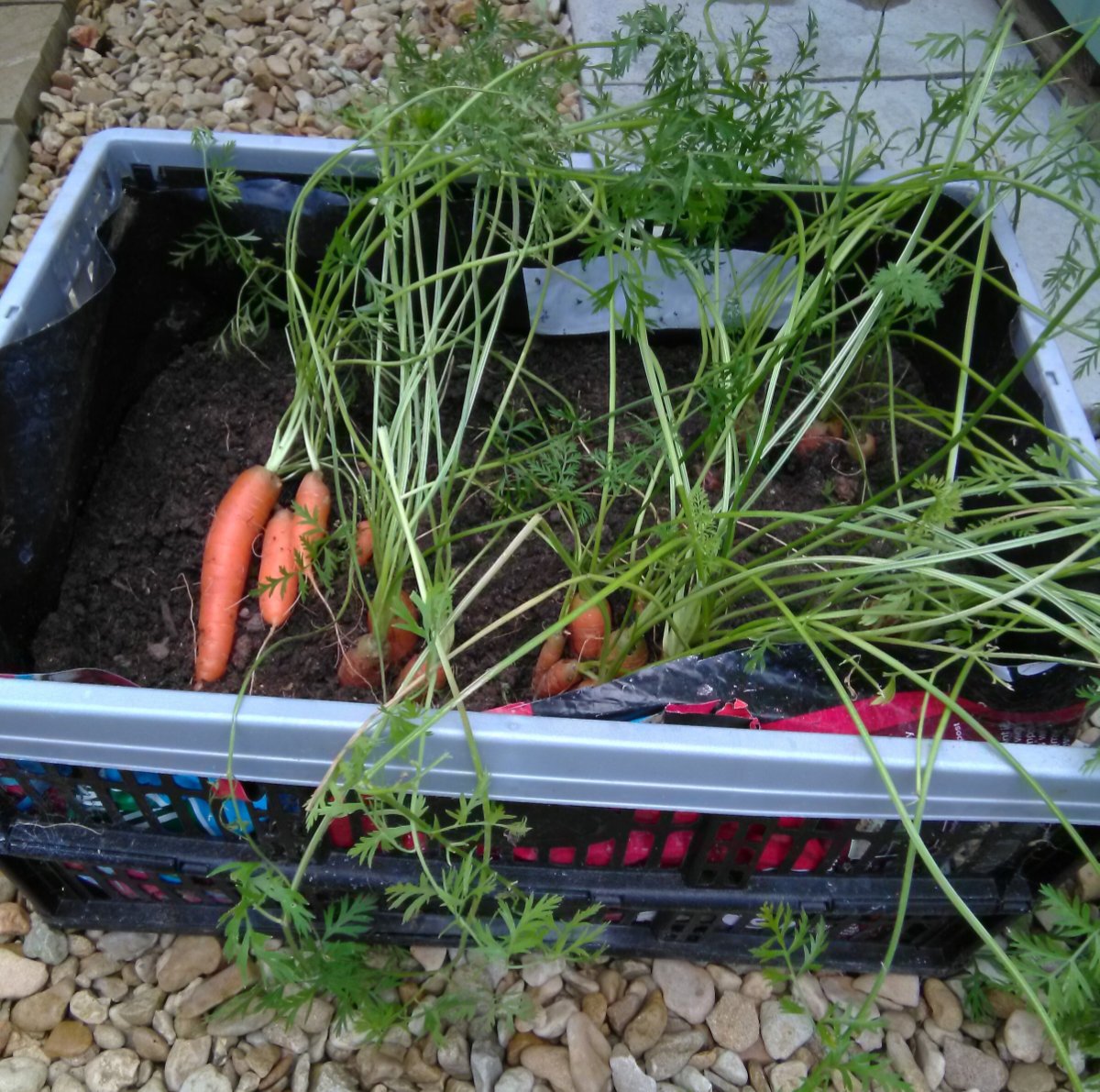
On “Gardeners’ World” recently, I saw a repeat of a visit the programme made to a smallholding in Somerset, where the owner showed how it’s possible to make a ‘raised’ vegetable bed literally just by fixing together four planks in a rectangle, laying it on your lawn and filling it with compost. If we had not done something similar in our daughter’s garden, where there was no soil, but just hardcore under artificial grass until we did our own version of a “Ground Force” makeover, I would not have believed it possible. But it is, and it works. Our daughter and son-in-law have enjoyed and benefited from a tiny but remarkably productive vegetable patch. Since Covid-19 struck and many more of us have turned to growing some of our own food, I have even seen such ready-made “raised beds” in B&Q (albeit for a price…)
I also use big pots; I found some large ones going for £2 each at my local supermarket in the spring. They are plastic, and I would prefer not to be buying more new plastic; but large terracotta pots, once filled, are impossibly heavy to move – although they do have the advantage of being more stable in very windy conditions, so it’s swings and roundabouts! To save on compost – and again, depending on what I’m intending to grow – I put bricks, or old flower pots, upside-down, in the bottom. Bricks lend weight, which can be useful ‘ballast’.
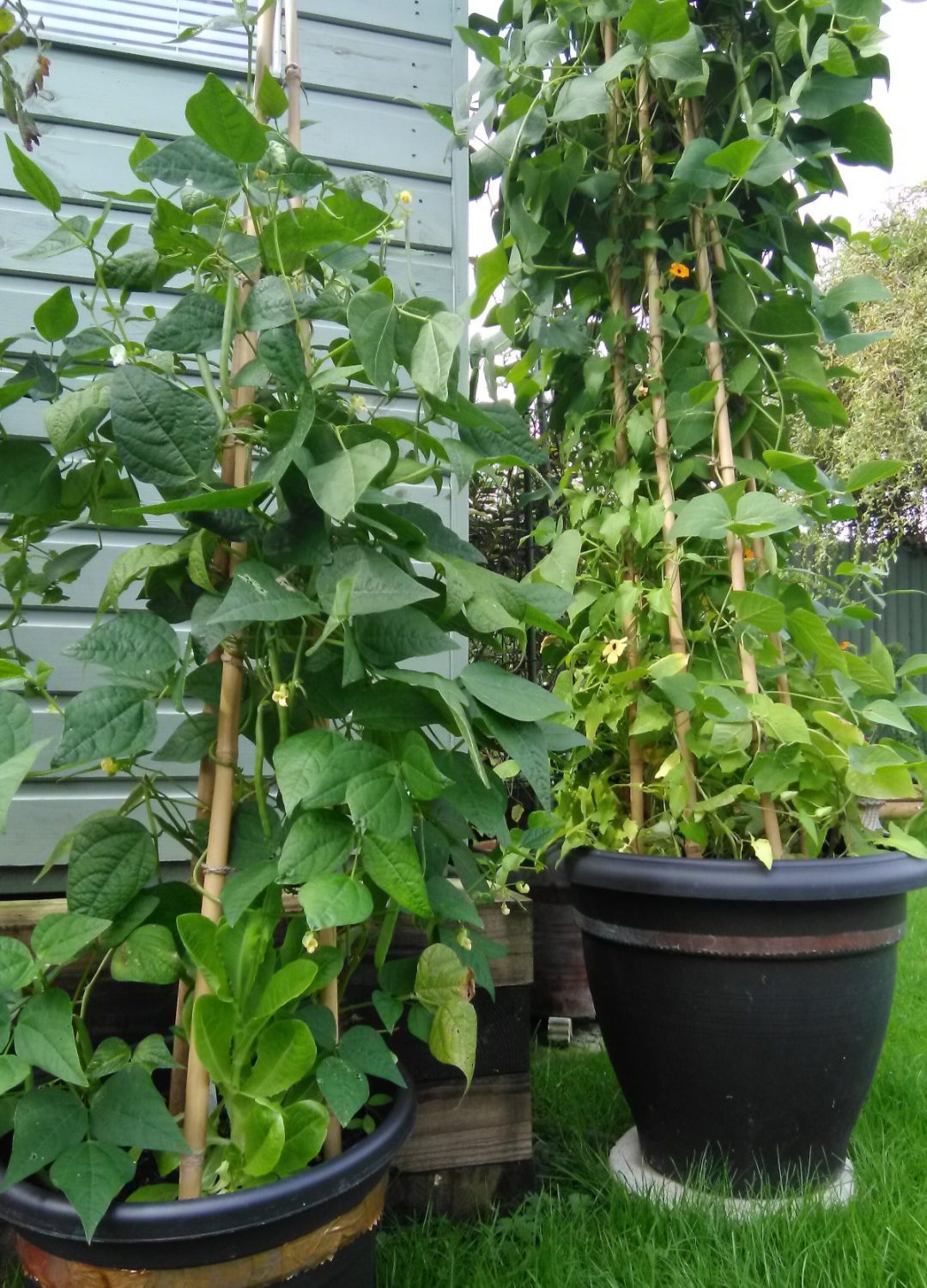
The winter experiment was so successful that I decided to carry on, for this year at least, trying to grow as much edible stuff as possible in boxes and pots. Mostly I chose plant varieties which were actually described as being suitable for container-growing – they are just naturally smaller and/or less ‘hungry’ plants, although it seems that just about anything will grow happily in a container for a while at least. Once the leafy vegetables were up and running, I just picked a few leaves off each plant before they got too big. I bought some baby summer broccoli plants and some mangetout plants, but everything else was grown from seed. Despite having grown plants from seed for years, I still always sow too thickly, but if you are more sparing it’s possible to make a packet of seed (some of which are quite pricey) last several years, if you store it carefully. Lots of people keep seed from their own plants – my daughter has done this with her borlotti beans – which is even more economical.
I made a conscious effort to be more efficient and methodical than usual about feeding and watering, trying to water everything before it needed it, and feeding things regularly once a week with diluted seaweed fertiliser. That has been very time-consuming during dry periods, although once things have got lots of leafy growth, no matter how much rain falls, it never seems to reach the compost; but it has definitely paid off. I put six runner beans in a large pot and they have grown really well: plenty of beans for the two of us and even some to freeze.
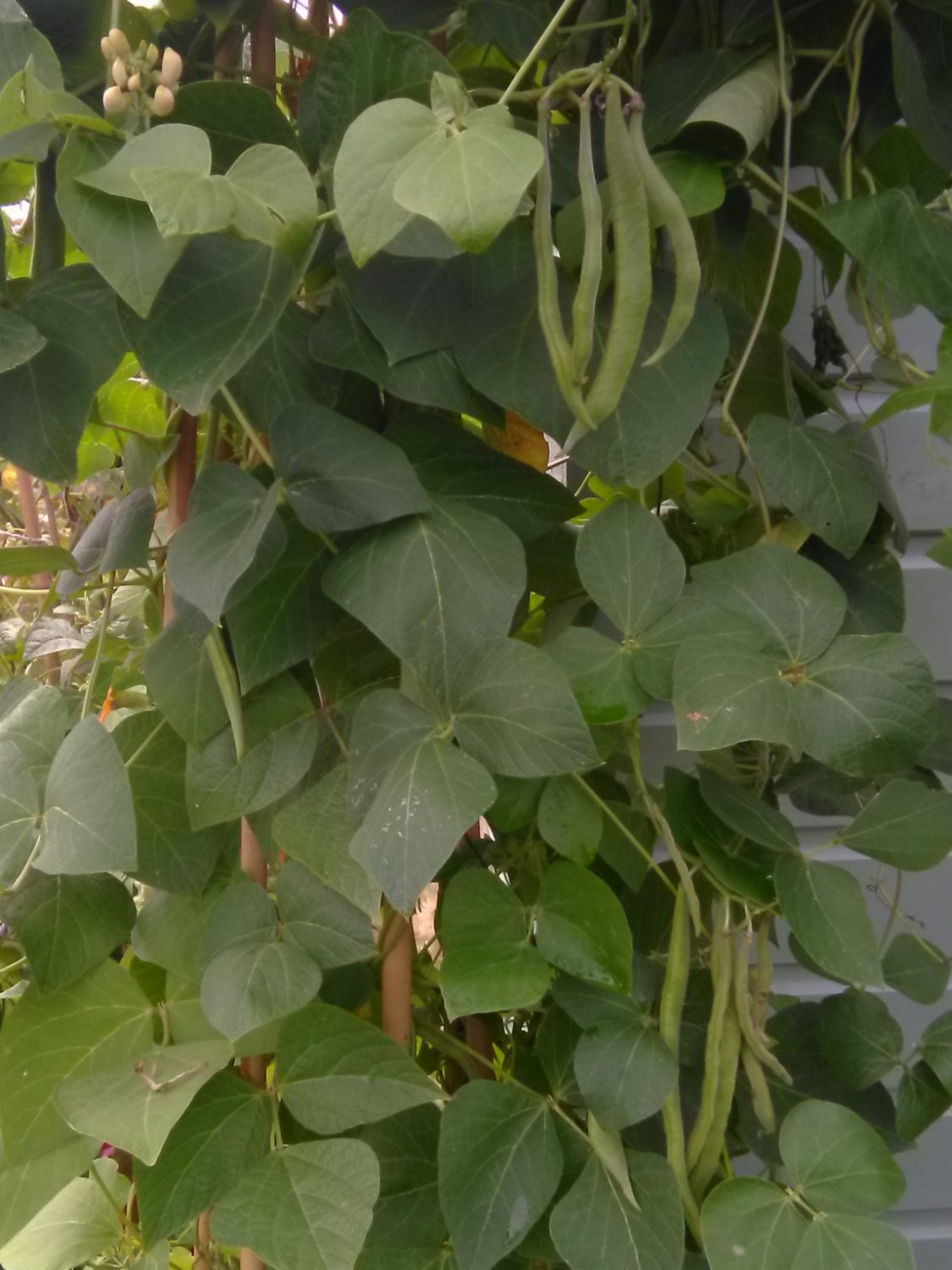
This summer, at various times and very satisfyingly, I have been able to go out and pick all of these from my “potted vegetable garden”: tomatoes (in growbags: nothing very novel about them), spring onions, carrots, (both small, dumpy ones called ‘Chantenay’ and longer, larger ones called ‘Nantes’), climbing French beans, mangetout and sugar snap peas, dwarf curly kale, spinach, swiss chard, mixed salad leaves, runner beans,and one yellow courgette: the plant got mildew! Oh, and watercress; grown from a few sprigs left in a supermarket pack, rooted in a jam-jar of water, potted up in an old trough and kept very well-watered.
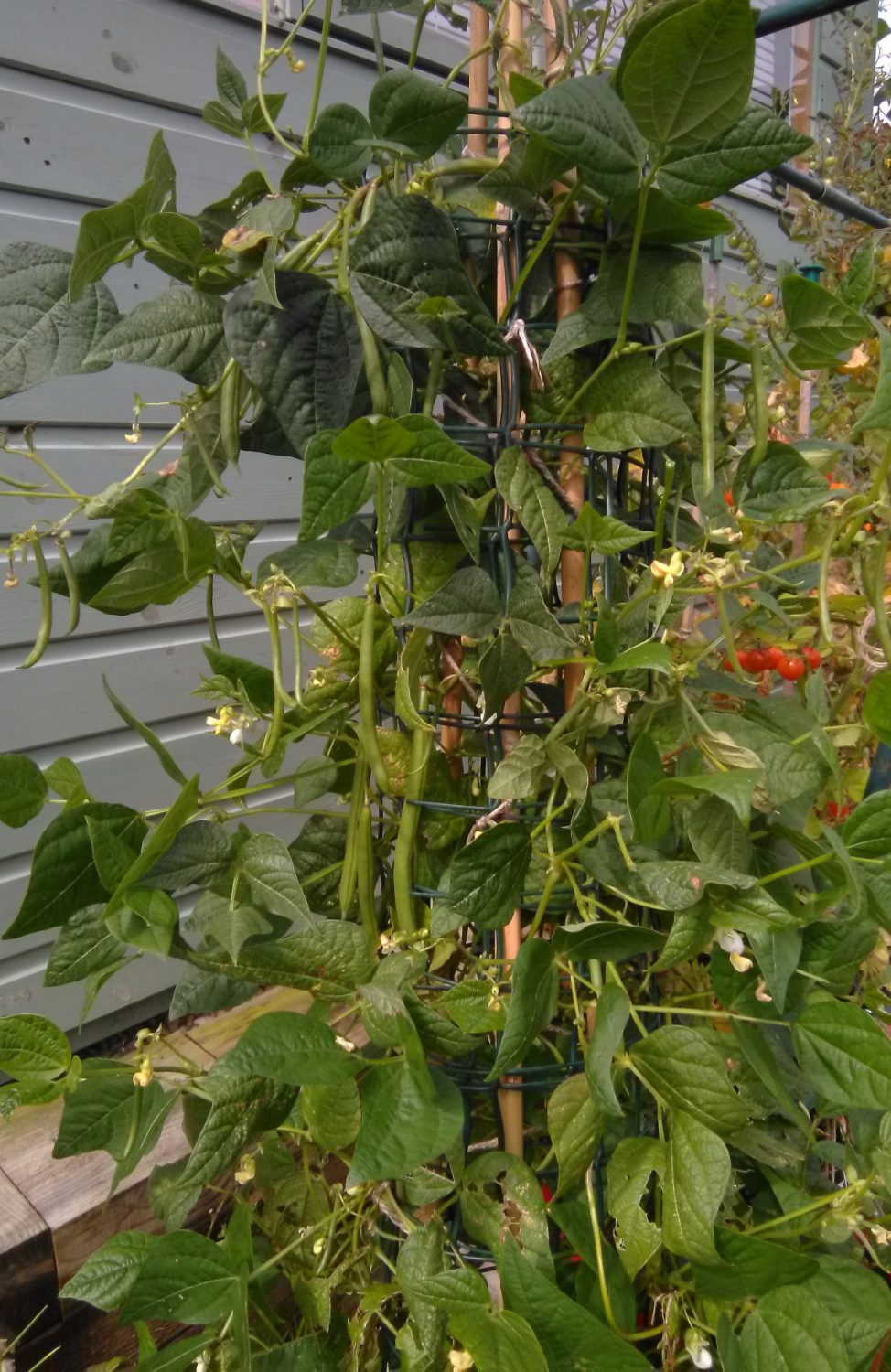
However, lest I sound smug, besides the mildewed courgette, there were other failures: I started some Brussels sprouts plants and some purple sprouting broccoli, but I didn’t cover them in time and the cabbage white butterfly [AS1] caterpillars totally destroyed every one, reducing them just to stalks. You have to be philosophical I think, as a gardener. Nor have I managed to achieve the Holy Grail of vegetable gardeners: successional sowing: starting a few seeds off every two or three weeks, to keep the supply of plants coming. Maybe next year!
Otherwise, I feel it’s been a success, and with yet-another ‘no-deal’ deadline looming, I am planning my winter veg boxes. I’m going to buy a few baby veg plants from the garden centre, and I’ll also sow some myself: there are quite a few varieties which are winter-hardy and it’s not too late to start some more off. Spinach, lambs’ lettuce, ‘salad bowl’ lettuce, carrots “Amsterdam”, winter salad mix, spring greens, pointed cabbage…
If you don’t have a garden, or are short of space, why don’t you try some too?




